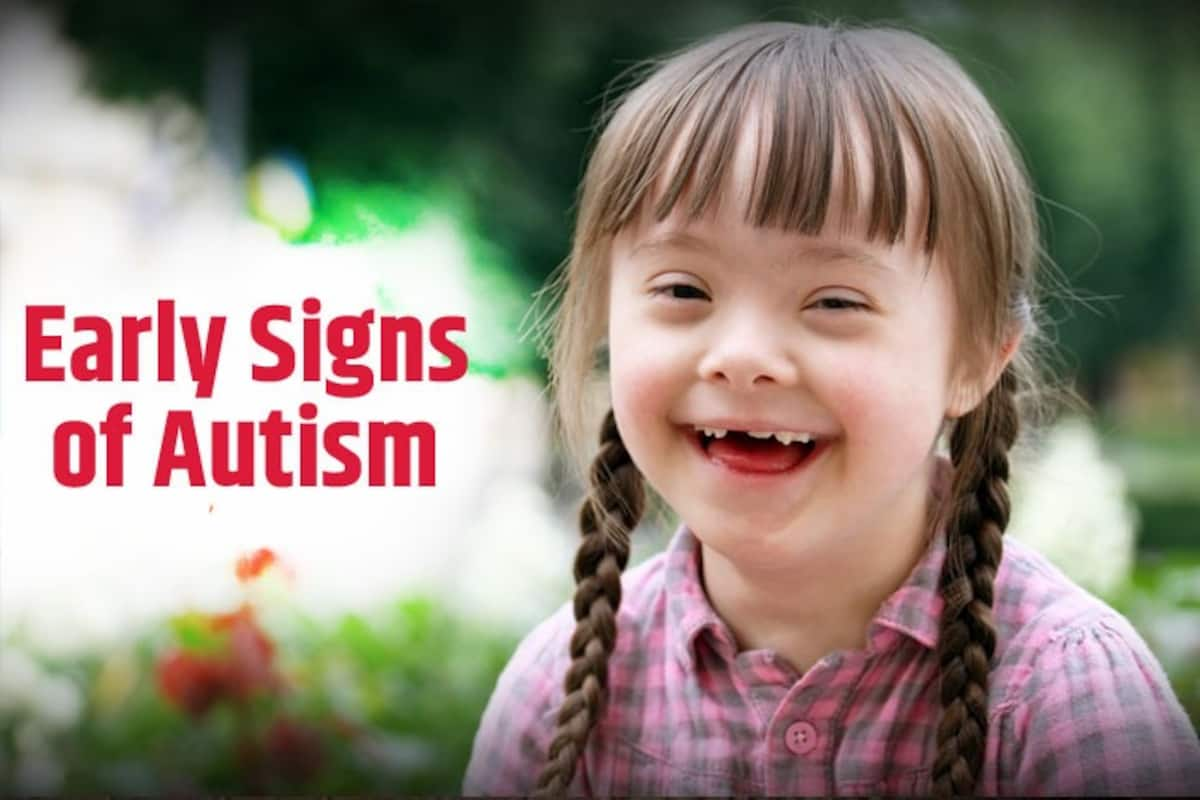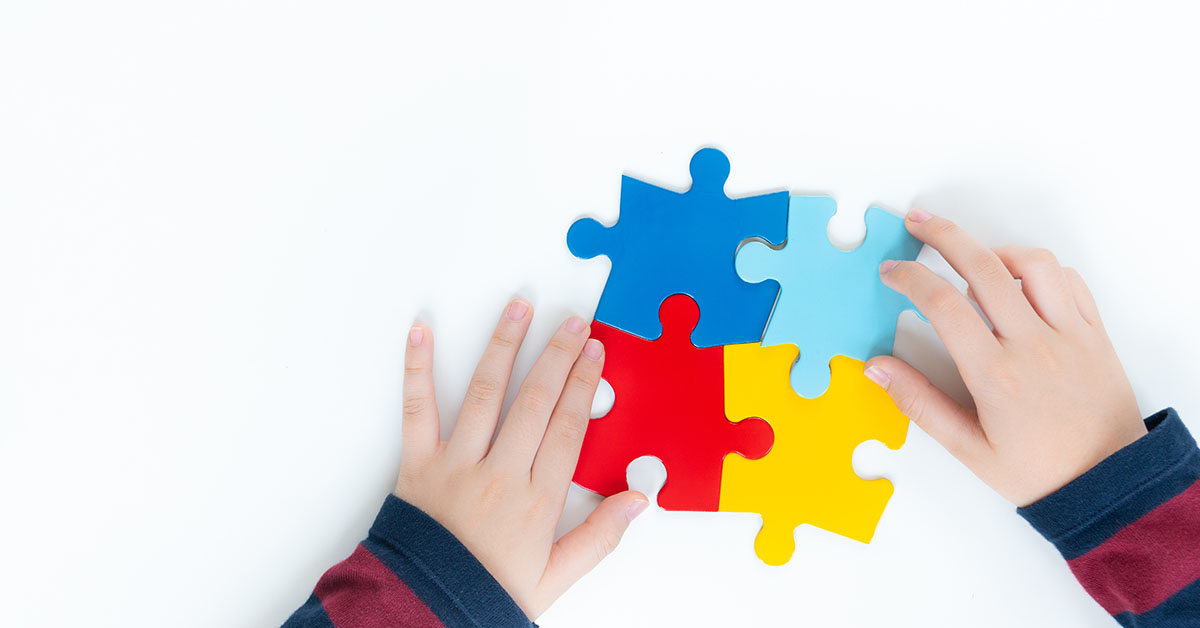Understanding the Spectrum: A Comprehensive Guide to Autism Awareness
Understanding the Spectrum: A Comprehensive Guide to Autism Awareness
Blog Article
Understanding Autism: A Comprehensive Overview to Signs and indicators
Autism Spectrum Disorder (ASD) includes a large array of characteristics that can considerably affect an individual's social interactions and everyday performance. Comprehending these nuances not only aids caregivers and instructors in providing proper assistance yet also cultivates an extra comprehensive environment for individuals with ASD.
Overview of Autism Spectrum Disorder
Specifying Autism Range Disorder (ASD) includes recognizing it as an intricate neurodevelopmental problem identified by a variety of difficulties in social communication, interaction, and behavior patterns. The term "spectrum" mirrors the broad variability in symptoms and their extent, which can differ dramatically from one individual to another. ASD commonly materializes in early youth, although some individuals may not receive a medical diagnosis until later in life.
Aspects affecting the growth of ASD consist of ecological factors and hereditary tendencies, although the precise causes stay under investigation. Diagnosis typically depends on behavior evaluations, as there are no definitive medical tests for ASD. Early intervention is essential and can significantly boost end results, concentrating on enhancing interaction skills, social interactions, and adaptive behaviors.
People with ASD may additionally exhibit one-of-a-kind staminas, such as exceptional focus to information or specific areas of knowledge. Comprehending the diverse nature of ASD is important for fostering a comprehensive environment that suits neurodiversity. Continued research study is crucial for developing efficient interventions and support group, making it possible for people with ASD to thrive and satisfy their prospective within society.
Usual Indications of Autism
Acknowledging the common signs of Autism Spectrum Disorder (ASD) is crucial for very early identification and intervention. These signs can differ commonly in extent and discussion, yet particular qualities are regularly observed in people with ASD.
Among one of the most prevalent signs is a significant difficulty in developing and preserving eye get in touch with. Individuals may also display restricted passion in social communications and show a choice for singular play. Recurring behaviors, such as hand-flapping, rocking, or spinning objects, typically emerge early in youth. Furthermore, some children may develop rigorous routines and end up being troubled if these routines are interrupted.
Sensory level of sensitivities are likewise usual; individuals might underreact or panic to sensory stimulations, such as appearances, audios, or lights. autism. Language growth can be atypical, with some youngsters exhibiting postponed speech or making use of language in unusual ways, consisting of echolalia-- repeating phrases or sentences listened to somewhere else
It is necessary to note that not every person with ASD will certainly present all these signs, and the degree of these actions can differ considerably. Early acknowledgment permits timely assistance and sources, enhancing the lifestyle for those on the range.
Social Interaction Obstacles
Social interaction difficulties are a hallmark of Autism Range Problem (ASD), affecting a person's capacity to engage effectively with others. These troubles can show up in various methods, including obstacles in initiating and preserving conversations, understanding social signs, and reacting appropriately in social interactions.
People with ASD may battle with nonverbal communication, such as eye call, face expressions, and body movement. This can lead to misunderstandings, as their communicative intent may not be correctly interpreted by others. They might locate it tough to understand the nuances of tone and context, which are essential for effective communication.
In team settings, people with ASD might really feel overloaded and may not recognize how to join in discussions (autism). They might likewise display atypical conversational patterns, such as monologuing concerning certain passions without recognizing social reciprocity
Moreover, these challenges can result in social seclusion or troubles in browse around here creating connections, as peers might misinterpret their actions or communication design. Recognizing these social communication obstacles is crucial for promoting encouraging settings that advertise social abilities growth and enhance the top quality of interactions for individuals on the autism range.
Sensory Reactions and level of sensitivities
Many people with Autism Range Problem (ASD) experience heightened sensory level of sensitivities that can significantly impact their daily lives. An individual with ASD may find daily noises, such as a vacuum cleanser or crowded environments, extremely traumatic, leading to anxiety or crises.
Sensory processing distinctions in people with ASD can additionally impact their capability to participate in regular tasks and social communications. For instance, a youngster who is sensitive to touch might withstand physical affection or avoid certain garments textiles. Additionally, a choice for specific textures or tastes can restrict nutritional choices and create obstacles during mealtimes.
Recognizing these sensory level of sensitivities is necessary for acknowledging the special experiences of individuals with ASD. Recognition of their sensory profiles can foster much better communication and assistance techniques, developing an atmosphere that suits their demands and boosts their high quality of life. Inevitably, acknowledging sensory sensitivities is a vital part of understanding the broader spectrum of autism.

Supporting People With Autism
Efficient assistance for people with Autism Spectrum Disorder (ASD) is essential for improving their overall health and fostering self-reliance. Assistance approaches need to be customized to meet the distinct needs of each individual, considering their difficulties and strengths.

Social abilities training can likewise play a crucial function. autism. Involving individuals in team activities or role-playing situations can boost their ability to browse social interactions. Additionally, it is necessary to enlighten member of the family, caregivers, and peers regarding ASD to promote a helpful and inclusive neighborhood
Verdict
By fostering boosted communication and social abilities, individuals with autism can navigate their settings extra effectively. Ultimately, increased awareness and support can dramatically enhance the quality of life for those influenced by ASD.
Autism Spectrum Condition (ASD) encompasses a wide array of characteristics that can considerably influence a person's social interactions and day-to-day performance.Individuals with ASD may battle with nonverbal communication, such as eye call, facial expressions, and body language.Many people with Autism Range Problem (ASD) experience increased sensory level of sensitivities that can significantly impact their you could look here daily lives.Sensory handling differences in people with ASD can likewise influence their ability to engage in social interactions and regular tasks.Understanding these sensory level of sensitivities is essential for recognizing the special experiences of individuals with ASD.
Report this page